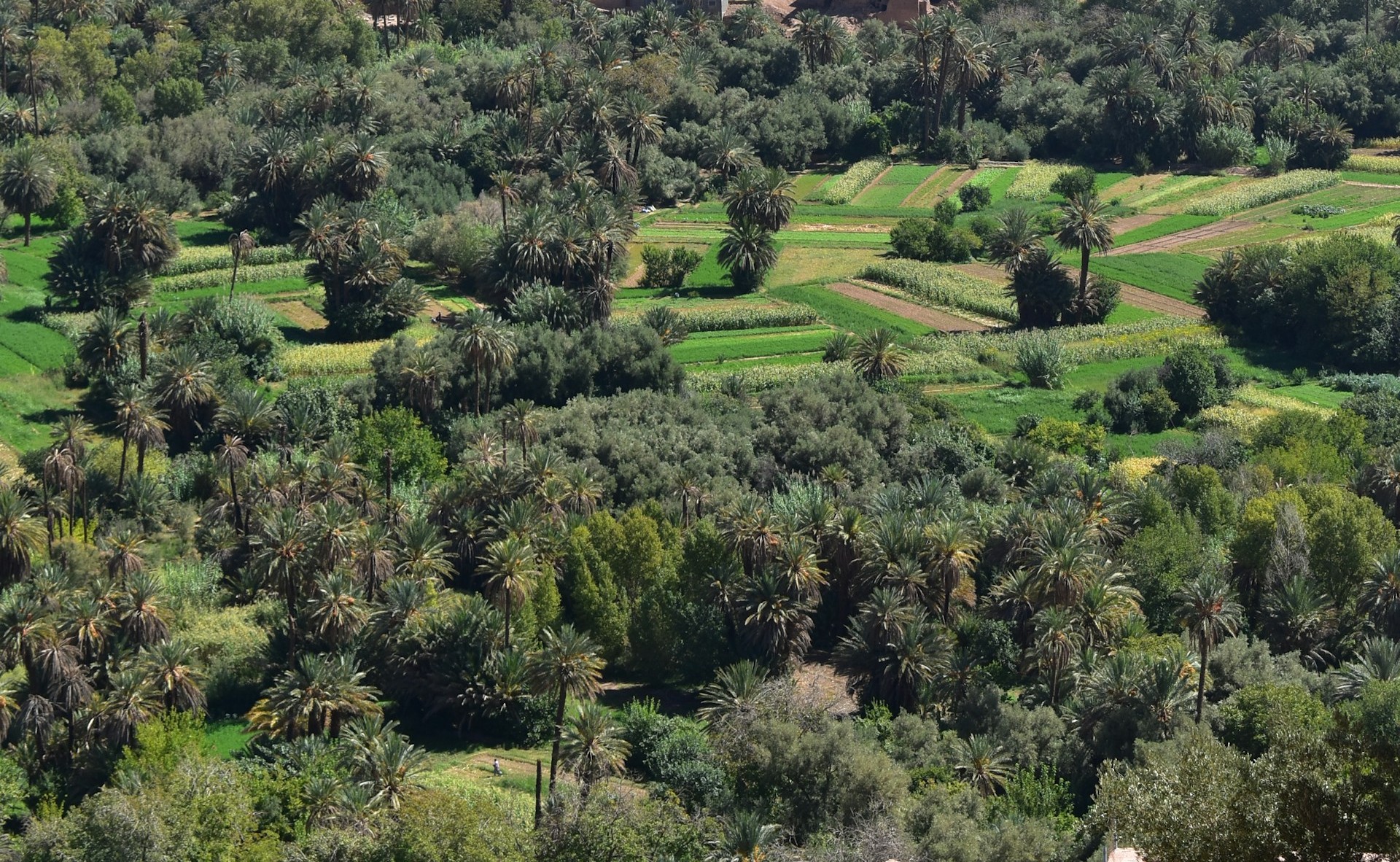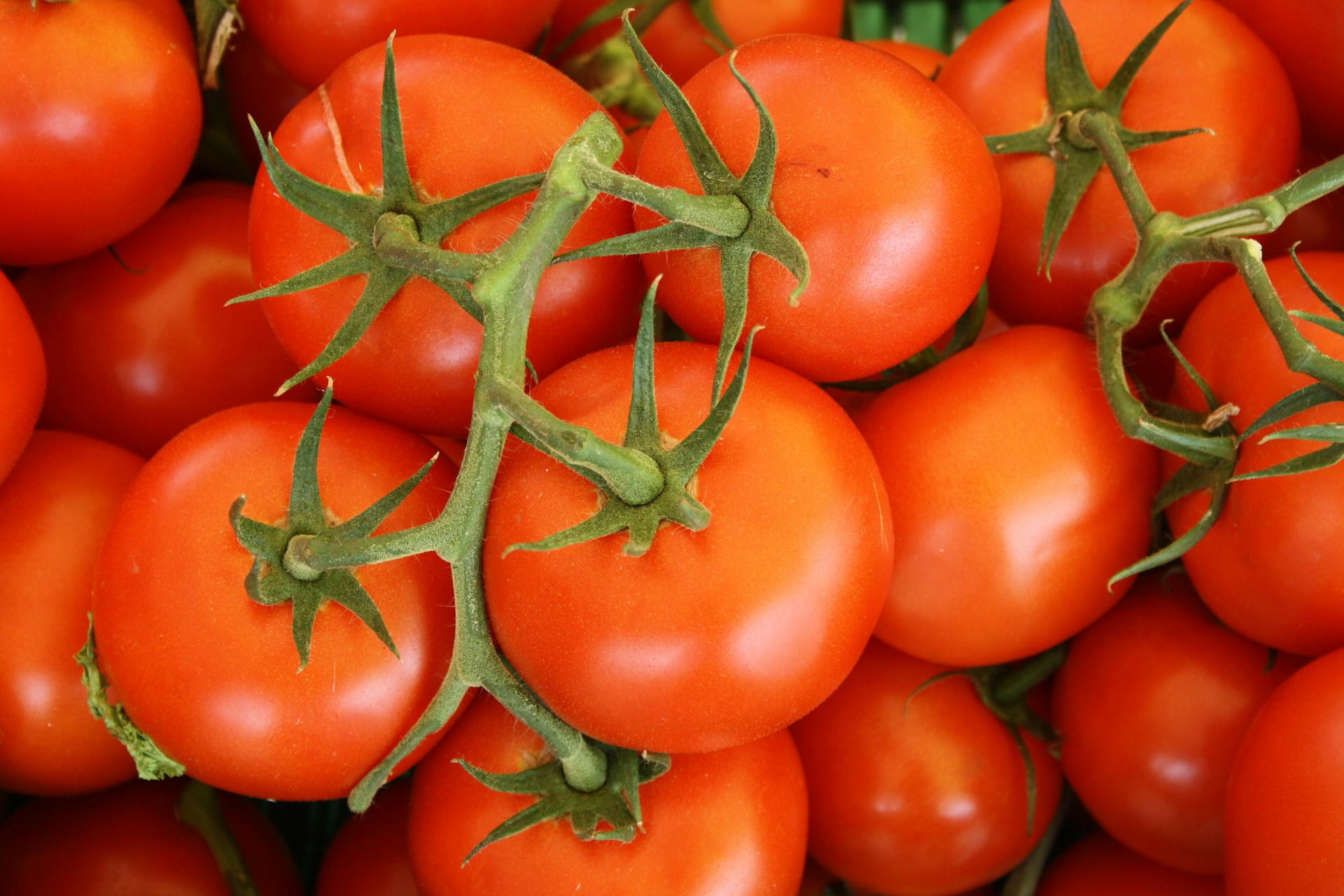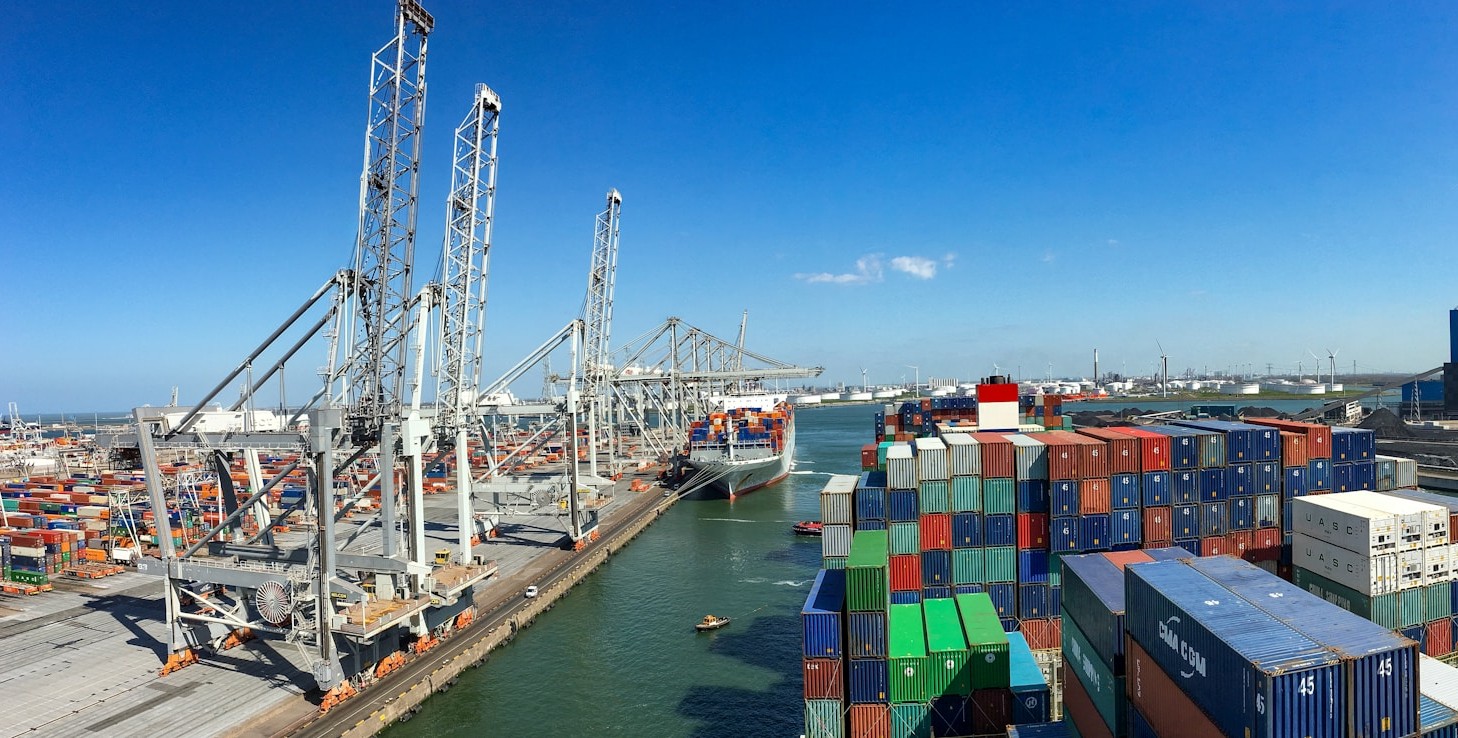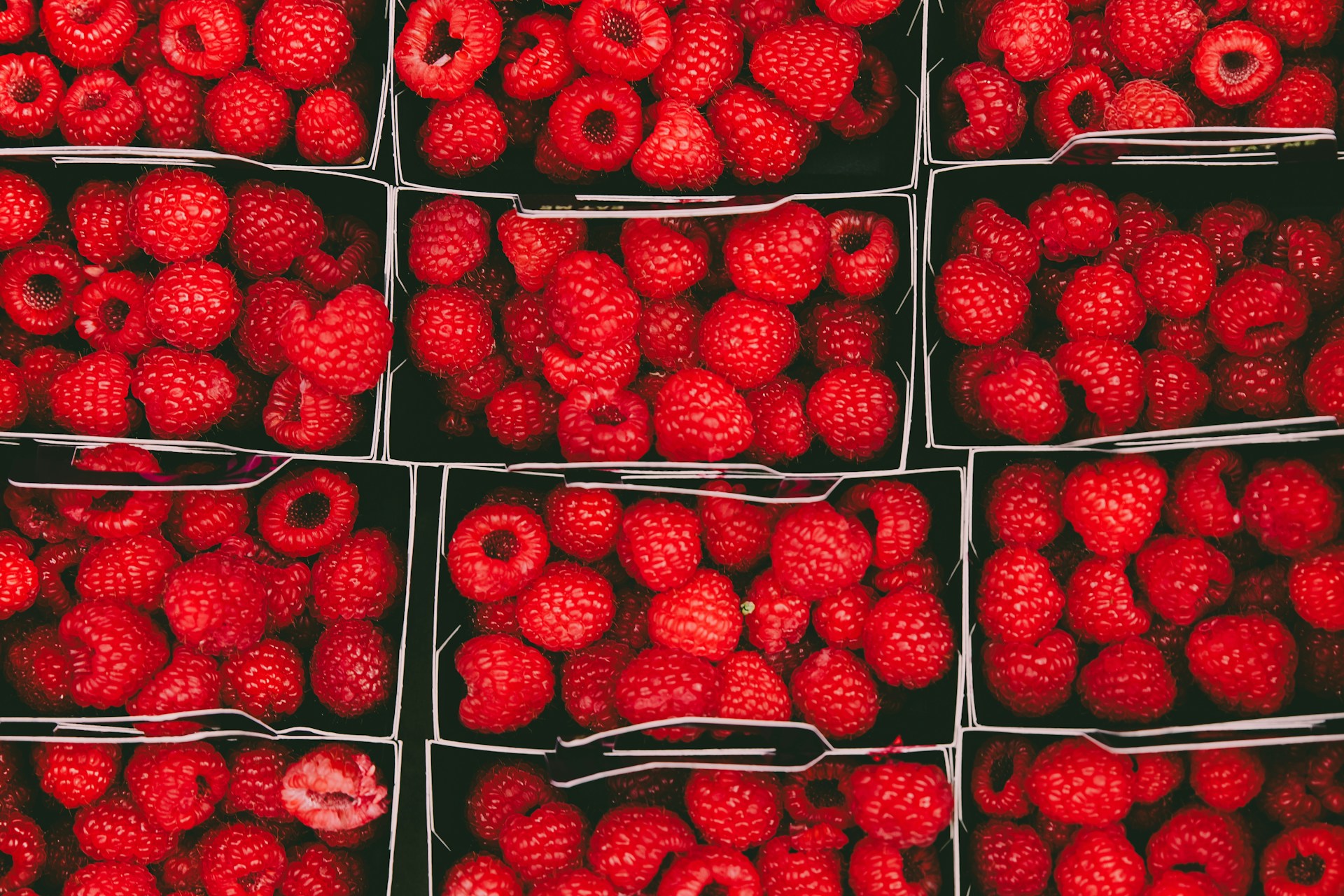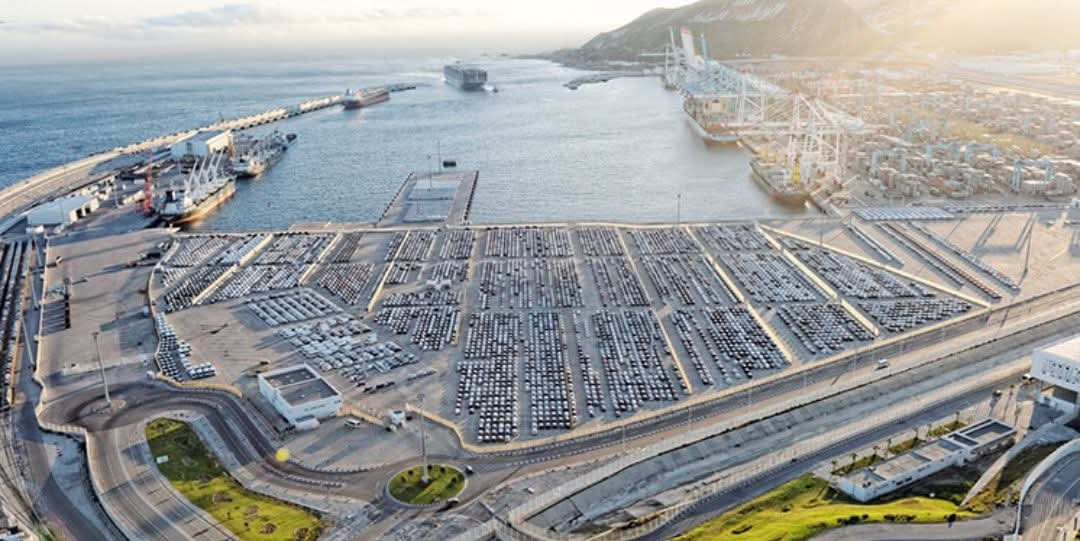Casablanca – Morocco has recorded a new high in its tomato exports to Norway, with volumes reaching approximately 5,000 tons between July 2024 and March 2025. The figure marks a 37.9% increase compared to the same period in the previous agricultural season and a 28.9% rise over the total volume exported during the entire 2023/2024 season, according to data from EastFruit, Global Trade Tracker, and Trading Economics.
This growth has been described as the highest seasonal export volume of Moroccan tomatoes to the Norwegian market to date. Based on prevailing international market prices, the total value of the exported tomatoes is estimated at between $3 million and $4 million.
Tomatoes are a key component of Morocco’s agricultural export portfolio, representing a significant share in both volume and export earnings. Since 2021, Morocco has ranked among the top three global exporters of tomatoes, maintaining a steady presence in major European markets such as France, the United Kingdom, and the Netherlands.
Norway has emerged as a growing destination for Moroccan tomatoes, especially during the winter season when local production is lower and demand for imported produce typically increases. Moroccan exports to Norway occur throughout the year, with the most active shipping period between November and March.
In January 2025, exports peaked at a monthly record of 1,150 tons, the highest volume shipped to Norway in a single month. This surge reflects a continued increase in demand for Moroccan tomatoes in the Scandinavian market.
Morocco currently ranks as the third-largest supplier of tomatoes to Norway, following Spain and the Netherlands. However, its market share has expanded considerably over recent years. Moroccan tomatoes accounted for just 6% of Norway’s tomato imports in the 2019/2020 season. This share rose to 22% in 2022/2023 and reached over 29% during the first nine months of the 2024/2025 season.
While Spain and the Netherlands together supplied approximately 70% of Norway’s tomato imports in 2023/2024, recent trends indicate a decline in their volumes. Meanwhile, Moroccan exports have continued to increase, raising the possibility of Morocco overtaking the Netherlands as the second-largest tomato supplier to the Norwegian market if current growth persists through the end of the season in June.
Beyond tomatoes, Morocco is expanding its range of agricultural exports to Norway, including products such as clementines, blueberries, and frozen raspberries. These products have seen increased demand, particularly during colder months.
The diversification of exports aligns with broader efforts to strengthen Morocco’s position in international agri-food markets. The country continues to develop its export infrastructure and explore new opportunities to reach emerging and high-demand markets in Europe and elsewhere.
Analysts note that Morocco’s consistent export growth reflects the competitiveness of its agricultural sector in terms of both product quality and pricing. With supportive trade conditions and market access agreements, the country is positioned to sustain and potentially expand its presence in northern European markets, including Norway.
As the 2024/2025 season enters its final quarter, stakeholders in the Moroccan agricultural export industry are monitoring developments closely. If current trends continue, Morocco may achieve another export milestone and reinforce its position as a key supplier of fresh produce to the European market.
